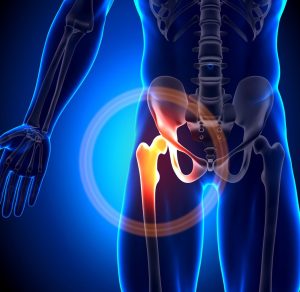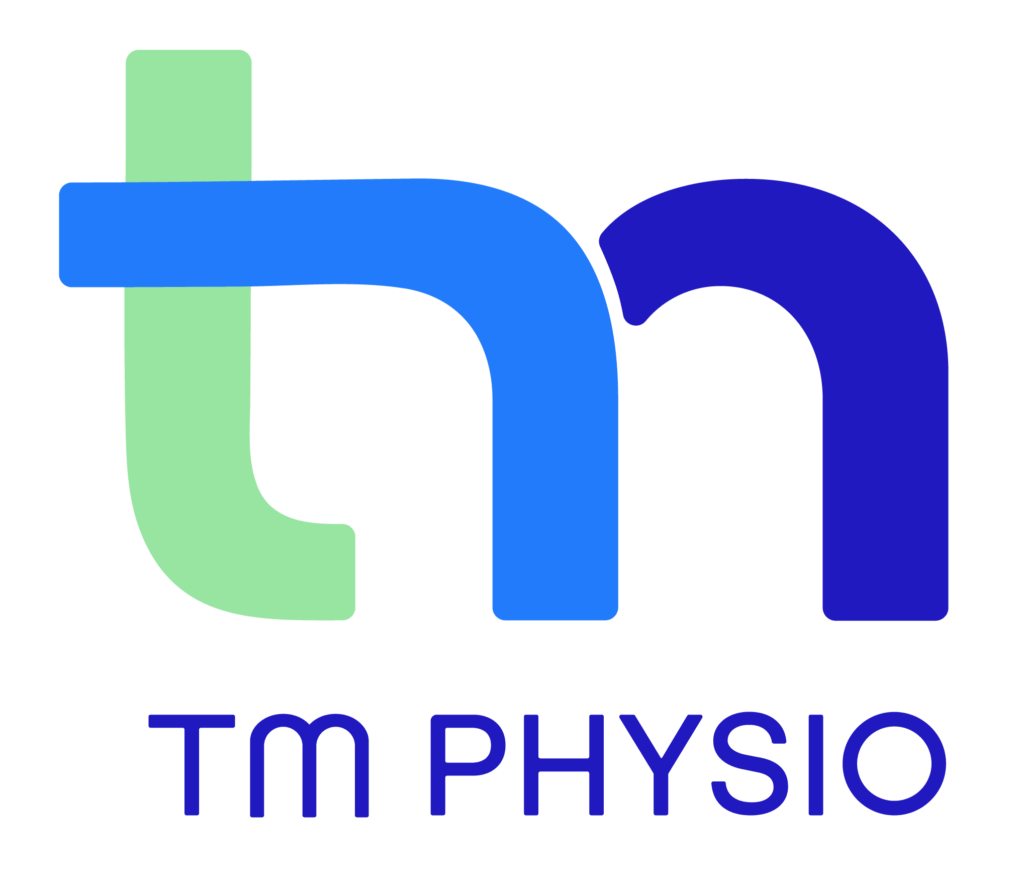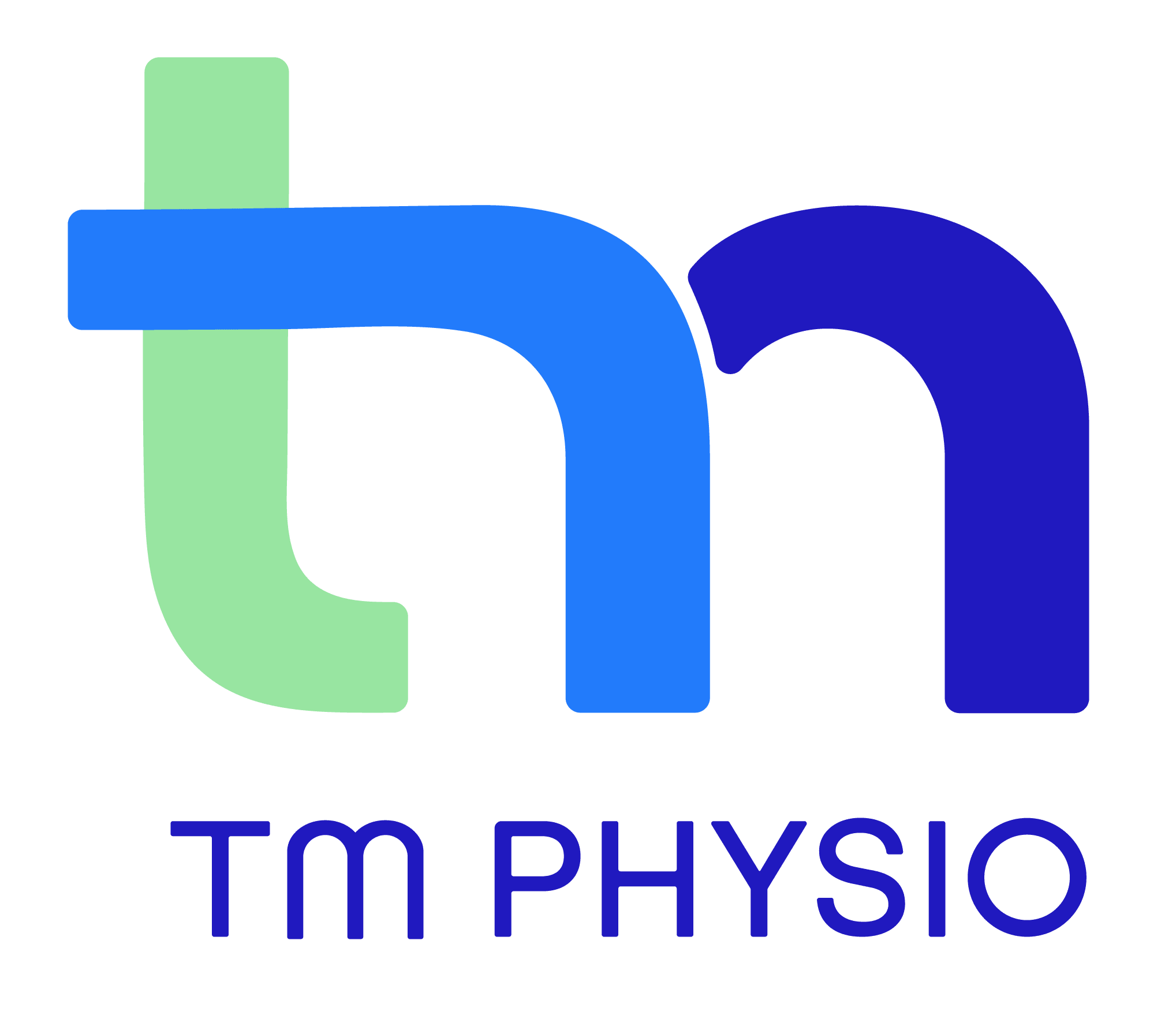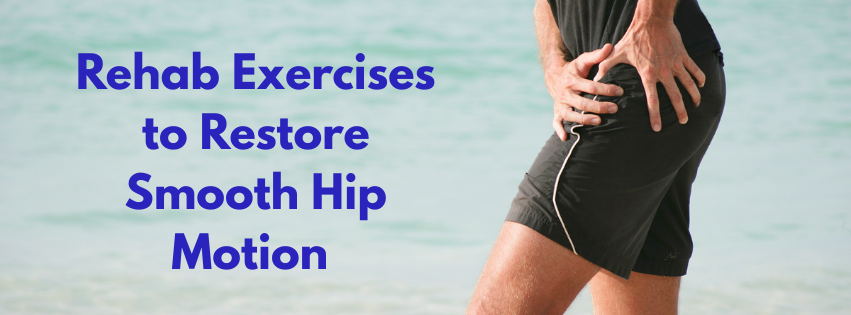Do you feel stiffness, discomfort, or a grinding sensation every time you move your hip? These symptoms can make walking, sitting, or even sleeping a challenge. And it’s true what they say – your “hips don’t lie”! Physiotherapists specialise in helping patients restore smooth, pain-free hip motion. Call 6254 9889 today to book an appointment with one of the physiotherapists here at TM Physio.
Why Hip Mobility Matters
The hip joint is a ball-and-socket joint, designed for stability and a wide range of motion. Healthy hip movement supports walking, running, climbing stairs, and maintaining balance. When the hip becomes restricted due to injury, surgery, muscle tightness, or conditions such as arthritis, surrounding joints and muscles often compensate. This compensation may lead to knee, lower back, or pelvic pain. Restoring smooth hip motion reduces strain on these areas and helps return you to comfortable movement.
Understanding the Barriers
Common reasons for restricted hip mobility include:
 Muscle tightness in the hip flexors, gluteals, and adductors
Muscle tightness in the hip flexors, gluteals, and adductors- Scar tissue or post-surgical stiffness following hip surgery
- Joint degeneration such as osteoarthritis
- Poor movement patterns that overload certain structures
- Weak stabilising muscles that fail to support smooth motion
A physiotherapist assesses these barriers through observation, palpation, and functional testing, then designs a tailored exercise plan to restore mobility.
Key Rehab Exercises
Physiotherapy programs generally focus on exercises that mobilise, strengthen, and coordinate the hip. These are some of the most effective approaches:
- Hip Flexor Stretch
Tight hip flexors can limit extension and cause compensatory strain on the lower back. Kneel on one knee with the other foot forward, then gently shift forward while keeping your torso upright. Hold for 20–30 seconds and repeat on each side.
- Glute Bridge
Strengthening the gluteal muscles helps restore smooth posterior hip motion. Lie on your back with knees bent and feet flat. Press your heels into the floor and lift your hips, squeezing your glutes. Lower slowly. Start with 10–12 repetitions.
- Side-Lying Leg Lifts
The hip abductors stabilise the pelvis during walking. Lie on one side with legs straight. Lift the top leg slowly, keeping your hips stacked, then lower with control. Aim for 2–3 sets of 10 repetitions.
- Hip Circles
Gentle circular movements in a quadruped (all fours) position mobilise the joint. Lift one knee slightly off the floor and trace slow circles, forwards and backwards. This improves coordination and lubricates the joint capsule.
- Step-Ups
Controlled step-ups onto a low platform retrain hip mechanics and strengthen multiple muscle groups. Focus on driving through the heel of the stepping leg while keeping your torso upright.
Progression and Consistency
Consistency matters more than intensity in hip rehab. Starting with low-load, controlled movements ensures safe joint recovery. Over time, physiotherapists may introduce resistance bands, stability exercises, and functional training like squats or lunges to mimic everyday movements.
Beyond Exercise
While exercises form the foundation of hip rehabilitation, other physiotherapy interventions may complement recovery:
- Manual therapy techniques to release tight soft tissues
- Joint mobilisation to reduce stiffness
- Education on posture, gait, and ergonomic adjustments
- Activity modification to prevent re-injury
Together, these approaches help restore smooth, pain-free hip function and improve quality of life.
When to Seek Professional Help
Hip pain and restricted movement should never be ignored. Early assessment allows physiotherapists to identify underlying causes and prevent further complications. If you experience persistent stiffness, pain when weight-bearing, or reduced range of motion, professional input is essential.
Take the First Step
Hip problems affect more than just movement – they can limit independence, exercise, and even restful sleep. With a personalised rehabilitation program, our physiotherapists aim to restore the fluid, natural motion your hips were designed for. Call 6254 9889 to book an appointment with a physiotherapist at TM Physio .
For more tips, insights, and exercise demonstrations, why not follow us on social media. We’re on Facebook and Instagram.
Your hips carry you through life – give them the care they deserve.
Information provided here (including text, graphics, images, outbound links, and other material) is for informational purposes only. It is general in nature and is not to be used or considered as a substitute for personalised professional medical advice, diagnosis, or treatment. Always seek the advice of your qualified allied health provider regarding any symptoms, medical conditions, or treatments and before undertaking any new health care regimen.


